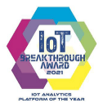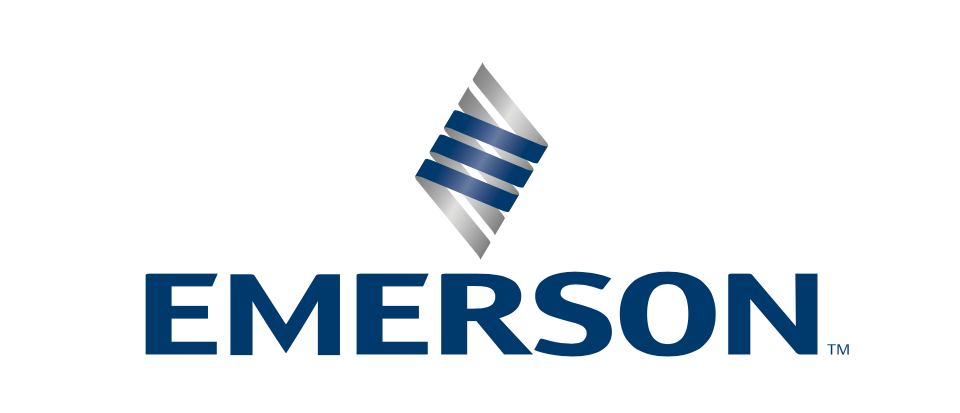Jan. 20, 2021 - Emerson (NYSE:EMR), a global automation technology and software company, has received the “IoT Analytics Platform of the Year” award for its Plantweb Optics™ Analytics software. The honor, part of the 5th annual IoT Breakthrough Awards, recognizes Emerson’s analytics software that uses artificial intelligence and machine learning to improve reliability, safety and sustainability while optimizing production for industrial manufacturers.
“Industrial manufacturers generate vast amounts of data, but few companies are really gaining the insights needed to optimize their operations,” said Stuart Harris, group president for Emerson’s digital transformation business. “With Plantweb Optics Analytics, we are providing manufacturers with advanced analytics capabilities that are easy to deploy and quickly deliver results. This IoT Breakthrough Award recognizes our industry-leading technology, expertise and focus on value creation for our customers.”
About Emerson
Emerson (NYSE: EMR), headquartered in St. Louis, Missouri (USA), is a global technology and engineering company providing innovative solutions for customers in industrial, commercial, and residential markets. Our Automation Solutions business helps process, hybrid, and discrete manufacturers maximize production, protect personnel and the environment while optimizing their energy and operating costs. Our Commercial & Residential Solutions business helps ensure human comfort and health, protect food quality and safety, advance energy efficiency, and create sustainable infrastructure. For more information, visit Emerson.com.
Forward-Looking and Cautionary Statements
Statements in this press release that are not strictly historical may be “forward-looking” statements, which involve risks and uncertainties, and Emerson undertakes no obligation to update any such statements to reflect later developments. These risks and uncertainties include economic and currency conditions, market demand, pricing, protection of intellectual property, cybersecurity, tariffs, competitive and technological factors, among others, as set forth in the Company’s most recent Annual Report on Form 10-K and subsequent reports filed with the SEC.


